In recent years, the cost of prescription drugs has been a growing concern, not only in India but also worldwide. Access to essential medicines is a fundamental right, and the rising drug prices have made it difficult for patients to afford necessary treatments. In this context, various initiatives have been taken to reduce drug costs and make healthcare more affordable.
Consumer Level Efforts
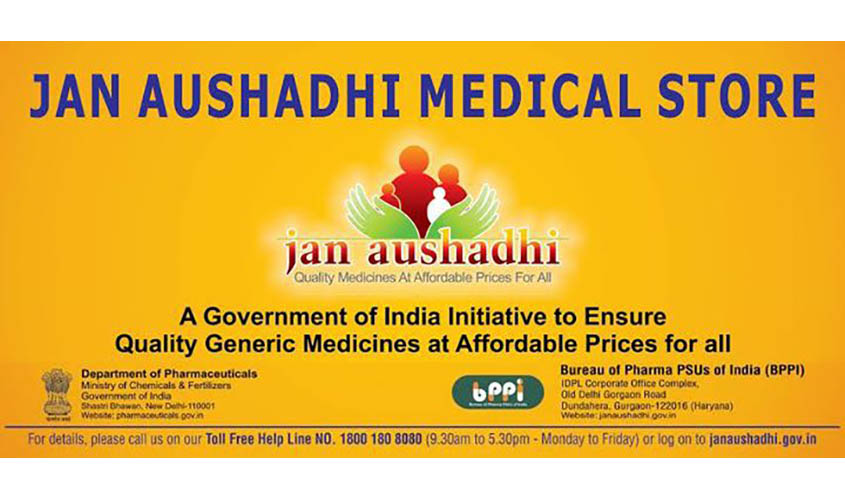
One such initiative in India is the introduction of generic medicines. Generic drugs are equivalent in quality, safety, and efficacy to their branded counterparts but are significantly cheaper. The Indian government has encouraged the use of generic medicines by promoting their production and distribution. The government has also set up Jan Aushadhi Stores, which sell generic medicines at a lower price than branded drugs.

Another initiative is the price control mechanism. The government has set up the National Pharmaceutical Pricing Authority (NPPA), which regulates the prices of essential medicines. The NPPA ensures that the prices of essential medicines do not exceed a certain limit, making them affordable for patients.

Moreover, the government has taken steps to promote the use of digital platforms to purchase medicines. The e-pharmacy model has gained popularity, especially during the COVID-19 pandemic, as it allows patients to order medicines online and have them delivered to their doorstep. This reduces the cost of transportation and makes it easier for patients to access essential medicines.
Pharmaceutical Industry-Level Efforts

The Indian pharmaceutical industry has long been known as the ‘Pharmacy of the World’. To stay competitive, it is constantly enhancing its supply chain processes to provide cost-effective products both domestically and globally. This involves adopting efficient and cost-effective manufacturing processes and leveraging economies of scale. By optimizing their supply chain, Indian pharmaceutical companies are able to offer products at competitive prices while maintaining high-quality standards. This approach has helped the industry maintain its position as a key player in the global pharmaceutical market.

The pharmaceutical industry is constantly evolving, and technological advancements have played a significant role in its growth. Cutting-edge technologies such as AI, blockchain, and automation are being utilized to improve the quality of medicines, enhance productivity, and reduce costs, ultimately making them more accessible and affordable for patients. These advancements have not only revolutionized the manufacturing and distribution of medicines but also enabled researchers to conduct in-depth studies and develop more effective drugs. As the industry continues to embrace technological innovation, it is expected to see significant progress in the coming years.

India has recently introduced Production-Linked Incentive (PLI) Schemes aimed at reducing the country’s dependence on imported pharmaceuticals and medical devices. The objective of these schemes is to boost domestic manufacturing and make drugs more affordable for the country’s population. The PLI schemes are expected to encourage investment in the pharmaceutical and medical devices industries, creating new job opportunities and enhancing the country’s overall economic growth. This move is expected to make India a more self-reliant and self-sufficient nation while providing better healthcare facilities for its citizens.
Government-Level Efforts
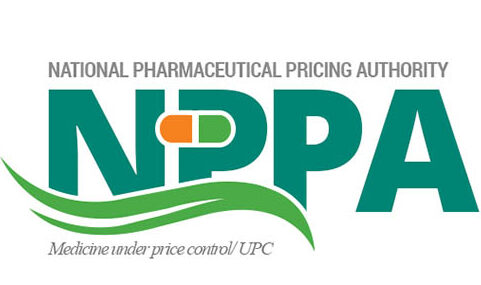
The National Pharmaceutical Pricing Authority (NPPA) has recently implemented measures to ensure that drugs become more accessible to the public by rationalizing trade margins. As a result, a number of drugs (e.g., anti-cancer drugs) have witnessed significant price reductions, thereby making them more affordable. This move by the NPPA has come as a relief to many cancer patients who were previously struggling to afford the high costs of such drugs. The price rationalization initiative is undoubtedly a welcome step towards making cancer treatment more equitable and accessible to all.
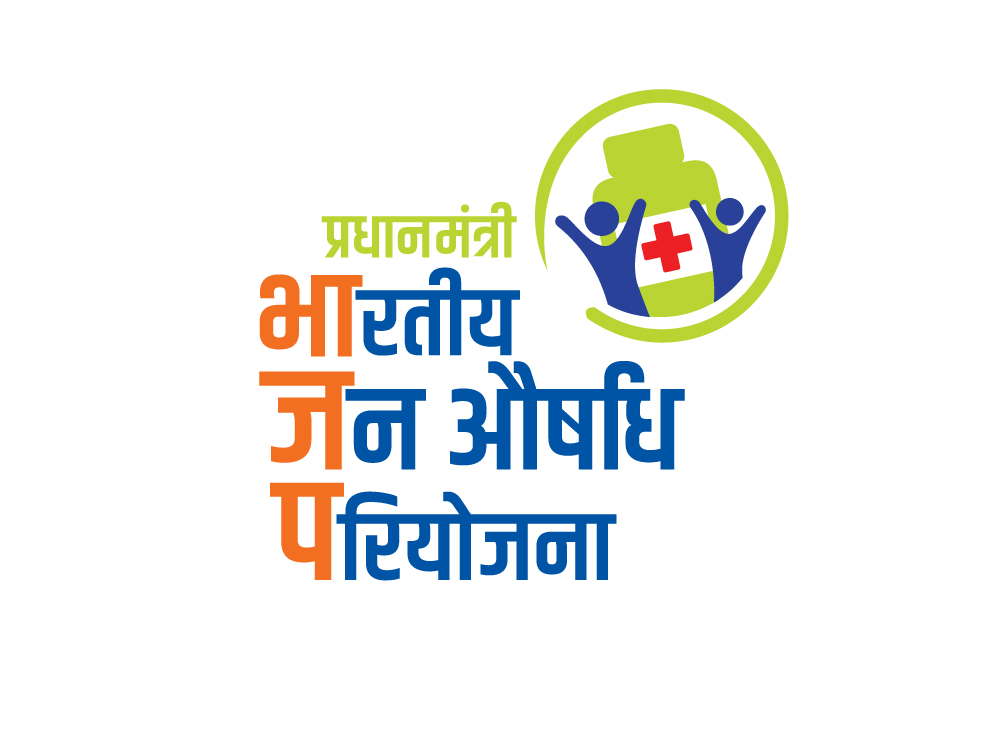
Pradhan Mantri Bhartiya Janaushadhi Pariyojana (PMBJP) is a government initiative that strives to make affordable generic medicines available to the public through Jan Aushadhi stores across India. This program has significantly reduced out-of-pocket expenses for patients, making it easier for them to access essential medication. The PMBJP program also promotes the use of generic medicines, which are equivalent in quality and efficacy to branded drugs but are much more affordable. By making these medicines available to the public, the government is working towards ensuring better health outcomes for all.
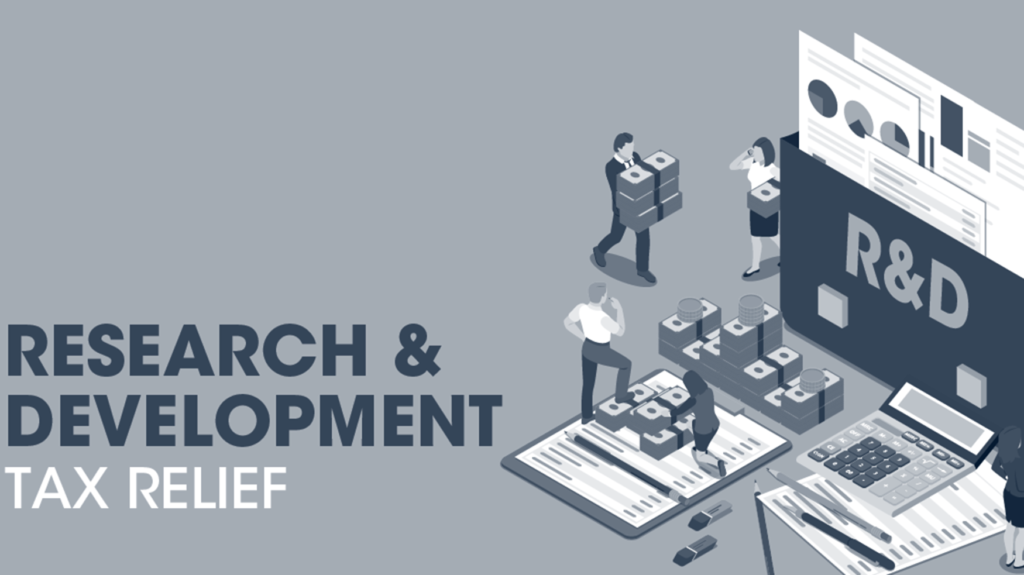
The Indian government has announced plans to promote innovation within the pharmaceutical industry by providing Tax Breaks and Funding for Research and Development. These measures are aimed at reducing costs and increasing efficiency in the industry. By incentivizing innovation, the government hopes to encourage pharmaceutical companies to develop new and better drugs, which will ultimately benefit consumers and the economy as a whole. This move is expected to have a positive impact on the industry’s growth and competitiveness in the global market.
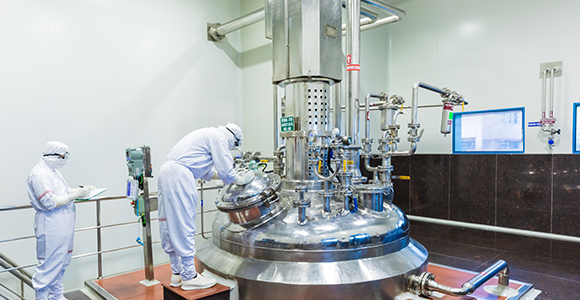
The Indian pharmaceutical industry is a vital contributor to the nation’s economy, providing essential drugs to the population and exporting them to the world. In recent times, the industry has been facing challenges due to over-dependence on imports of Active Pharmaceutical Ingredients (APIs) from other countries. Therefore, the government is considering offering incentives to domestic manufacturers of APIs to promote their sustained growth. Additionally, there is also talk of reducing the GST and import duty on APIs to make them more affordable and promote local production. These measures will not only help the industry become self-reliant but also make healthcare services more accessible to the people.
These efforts by the pharmaceutical industry and the government aim to make essential drugs more affordable and accessible to the public, ensuring better healthcare outcomes for the Indian population.


